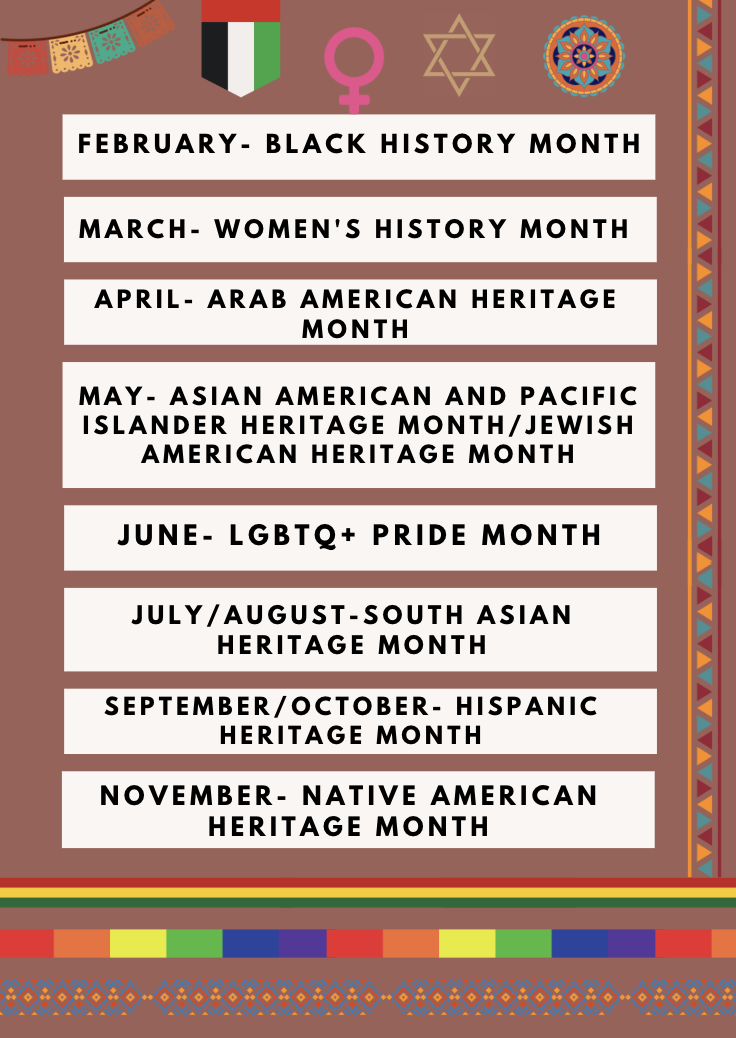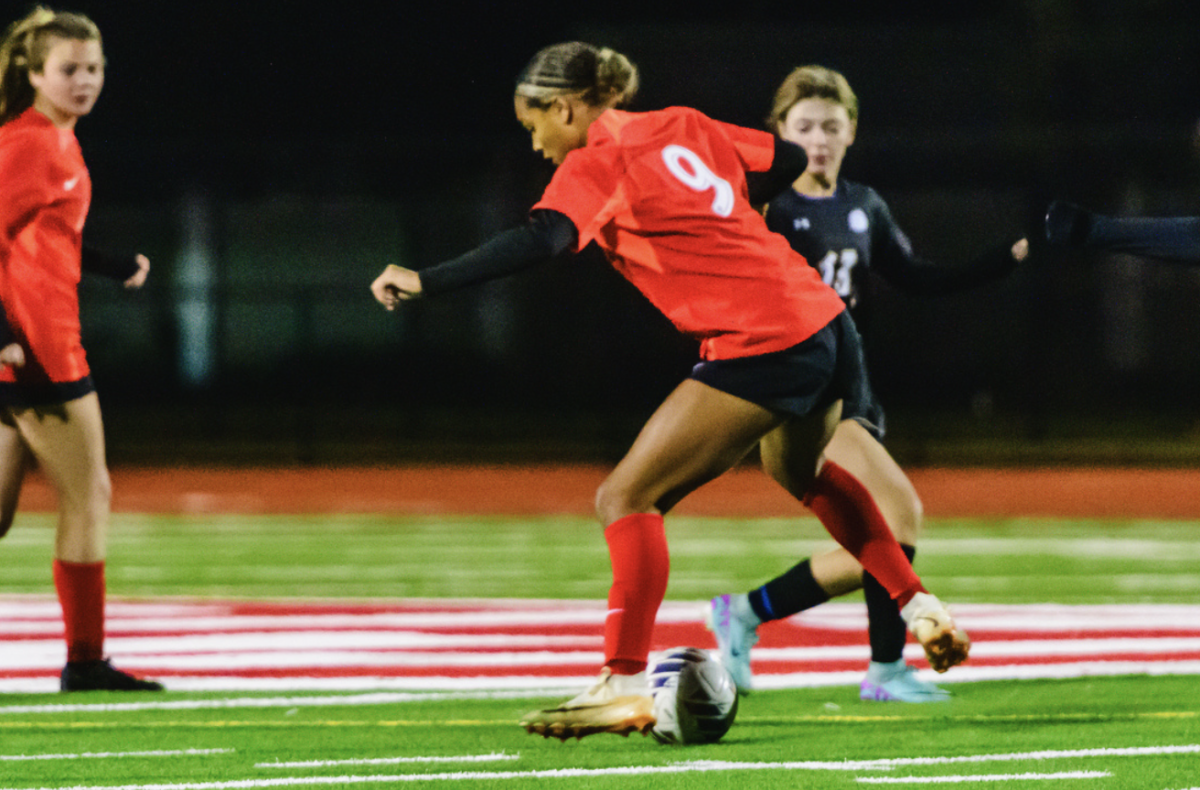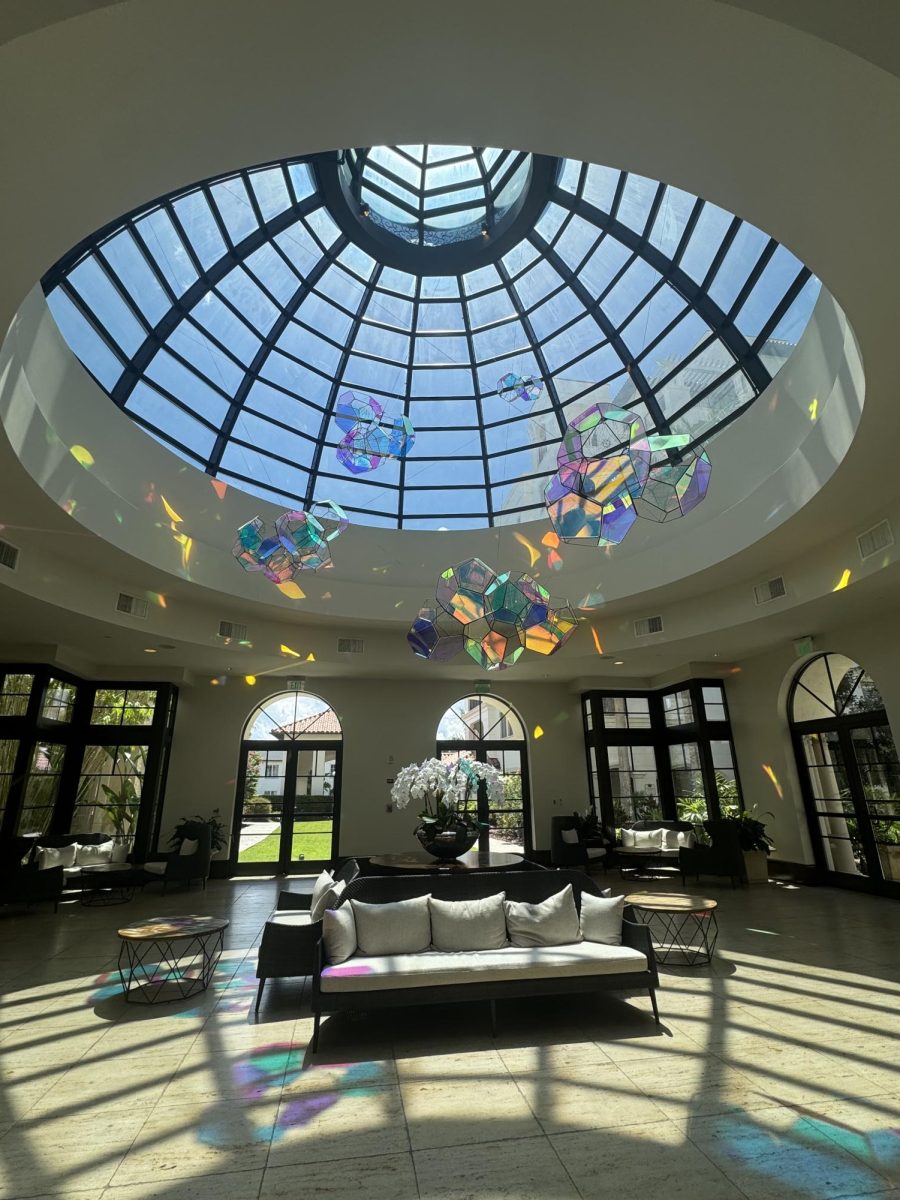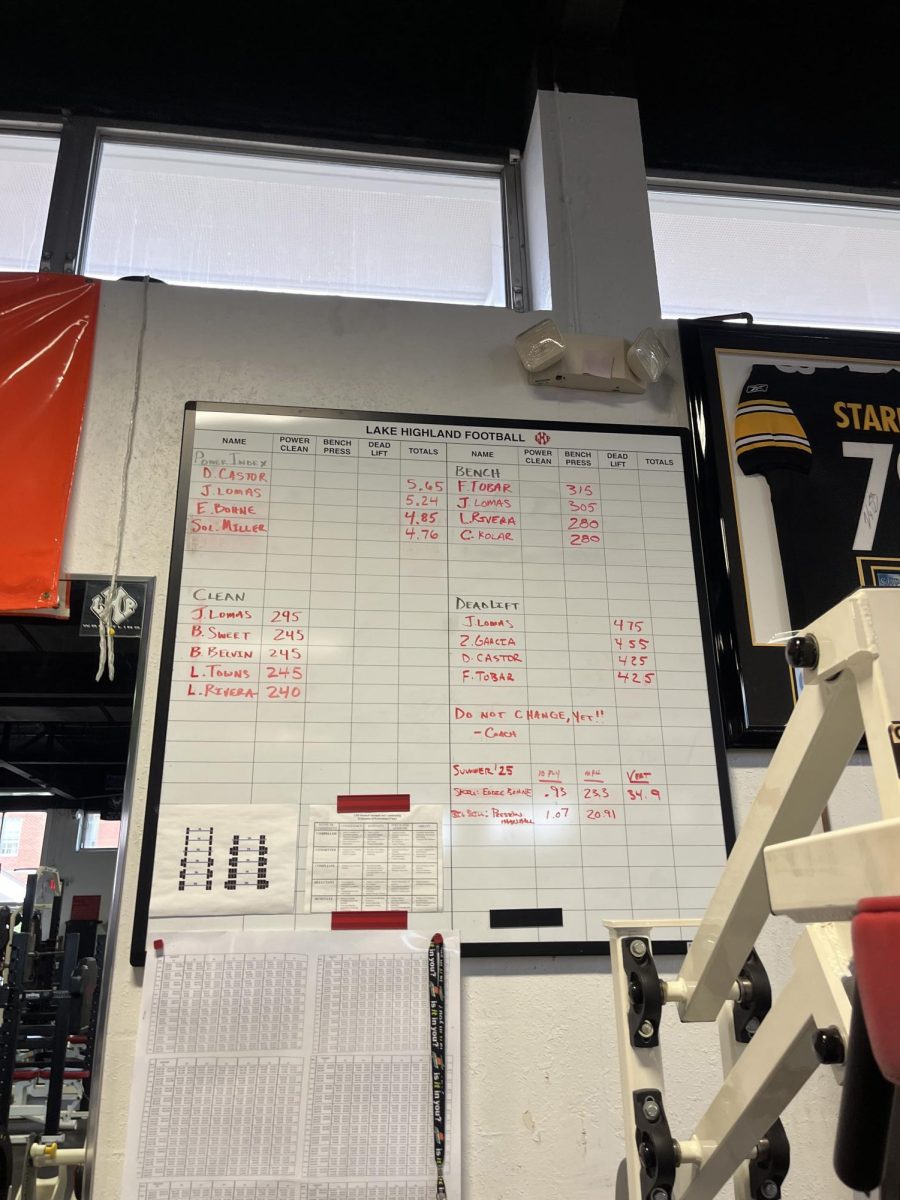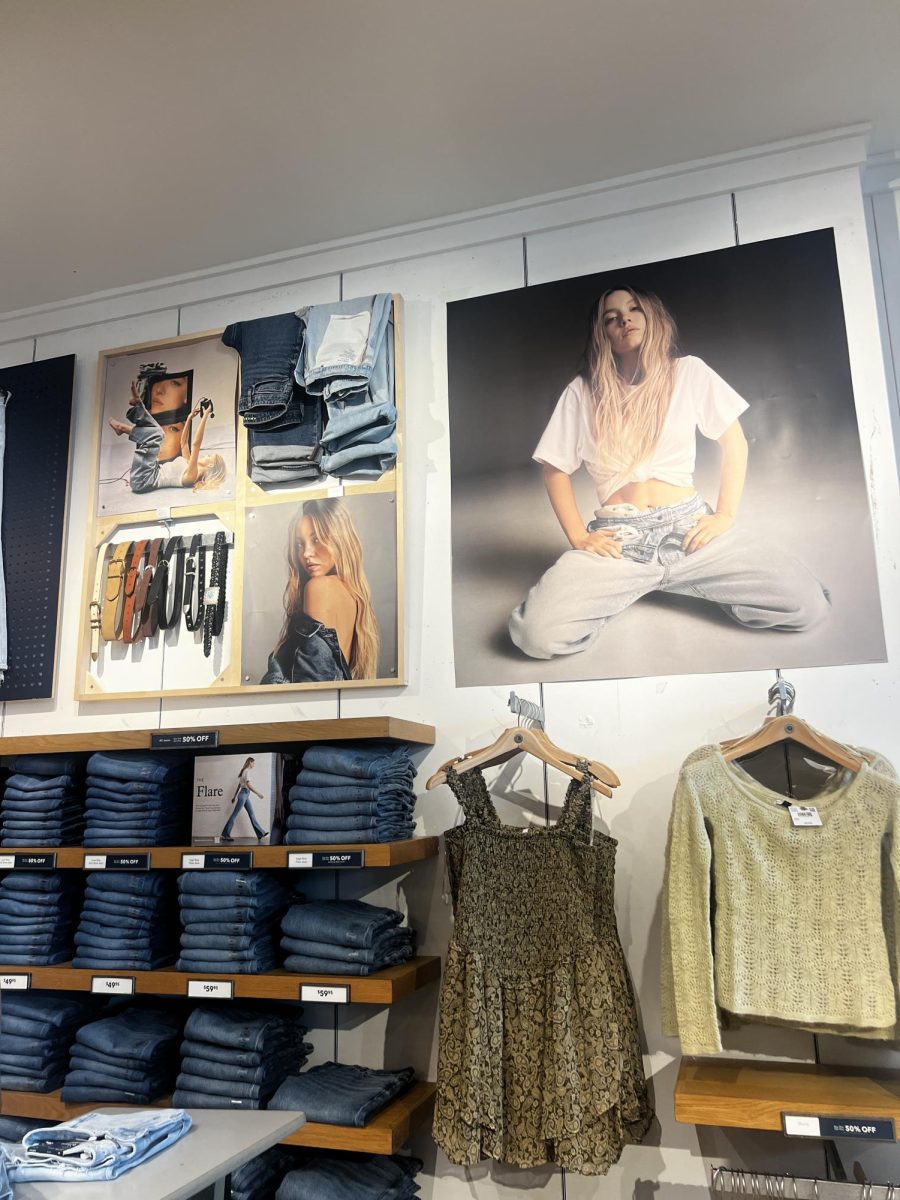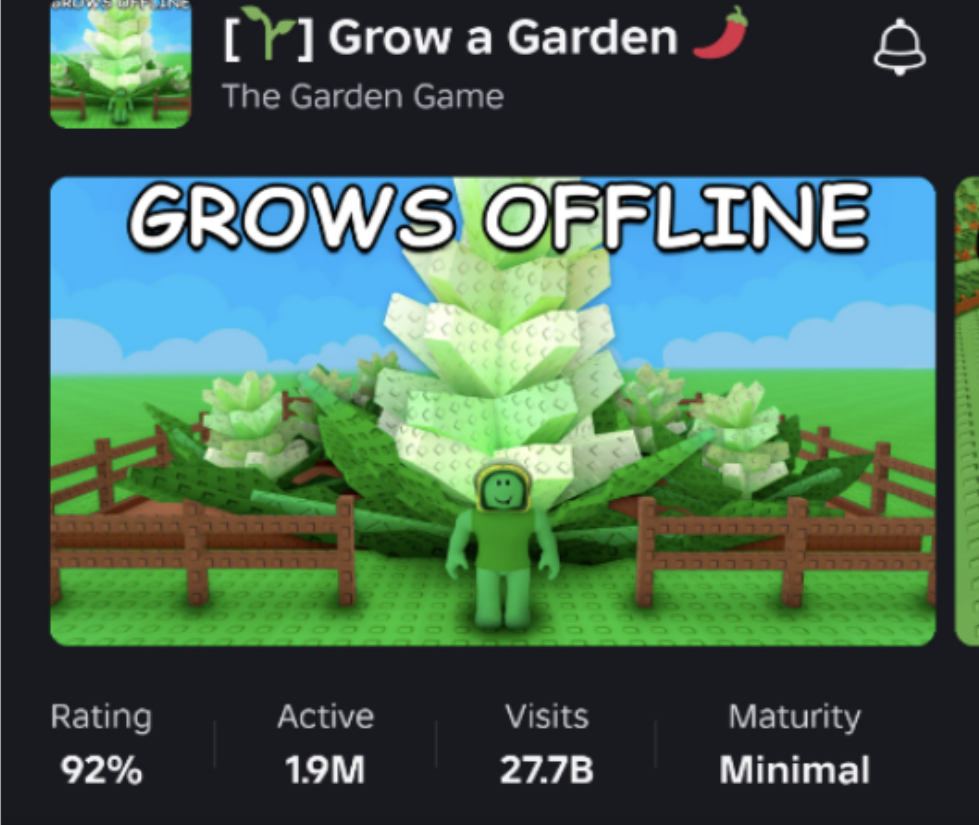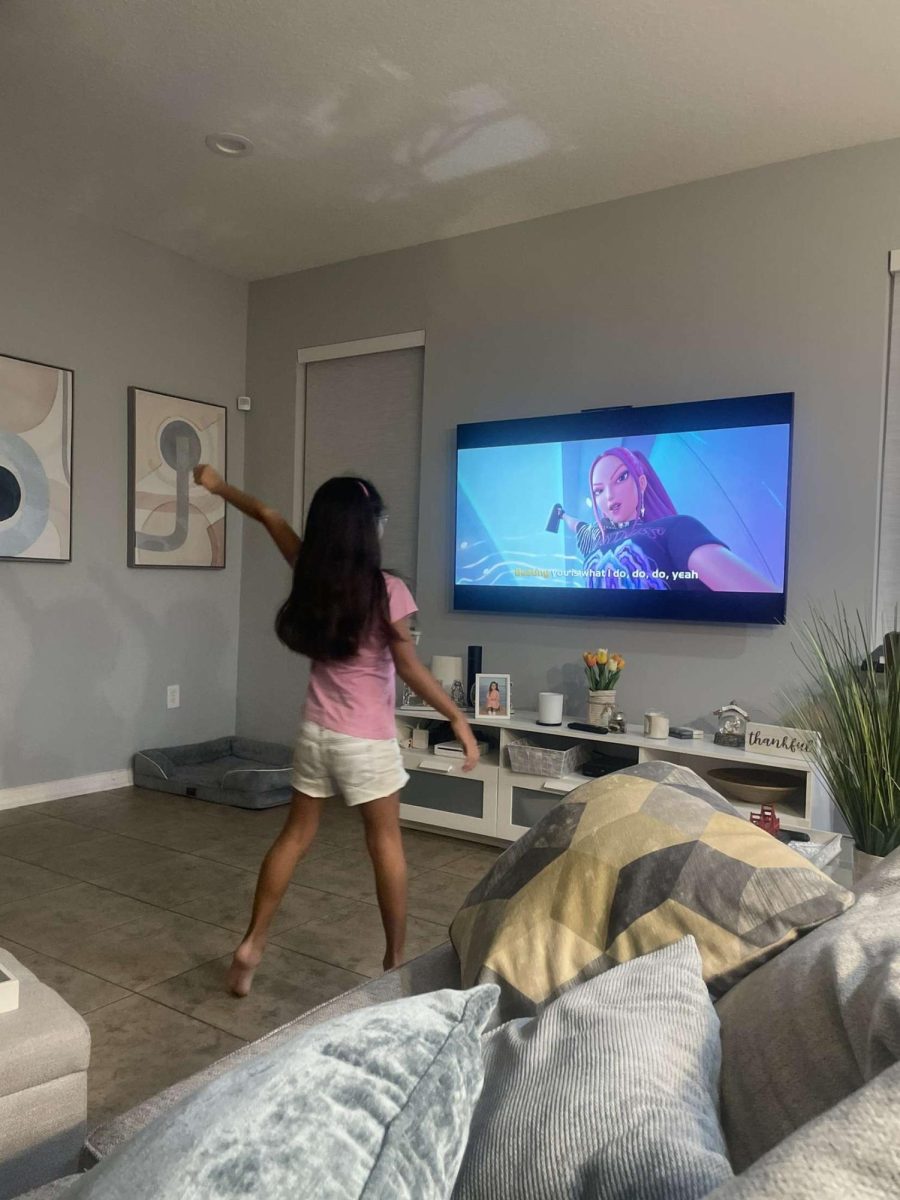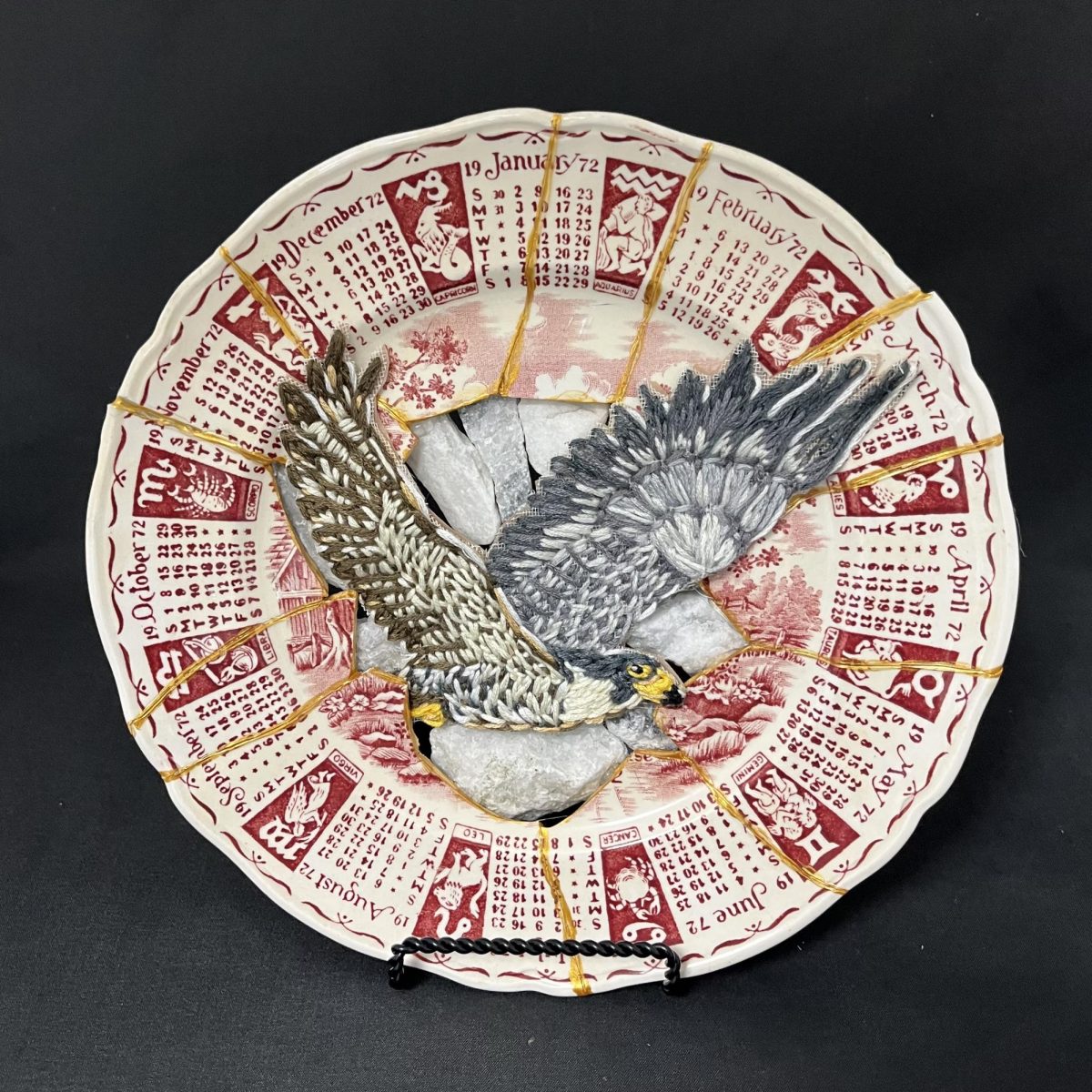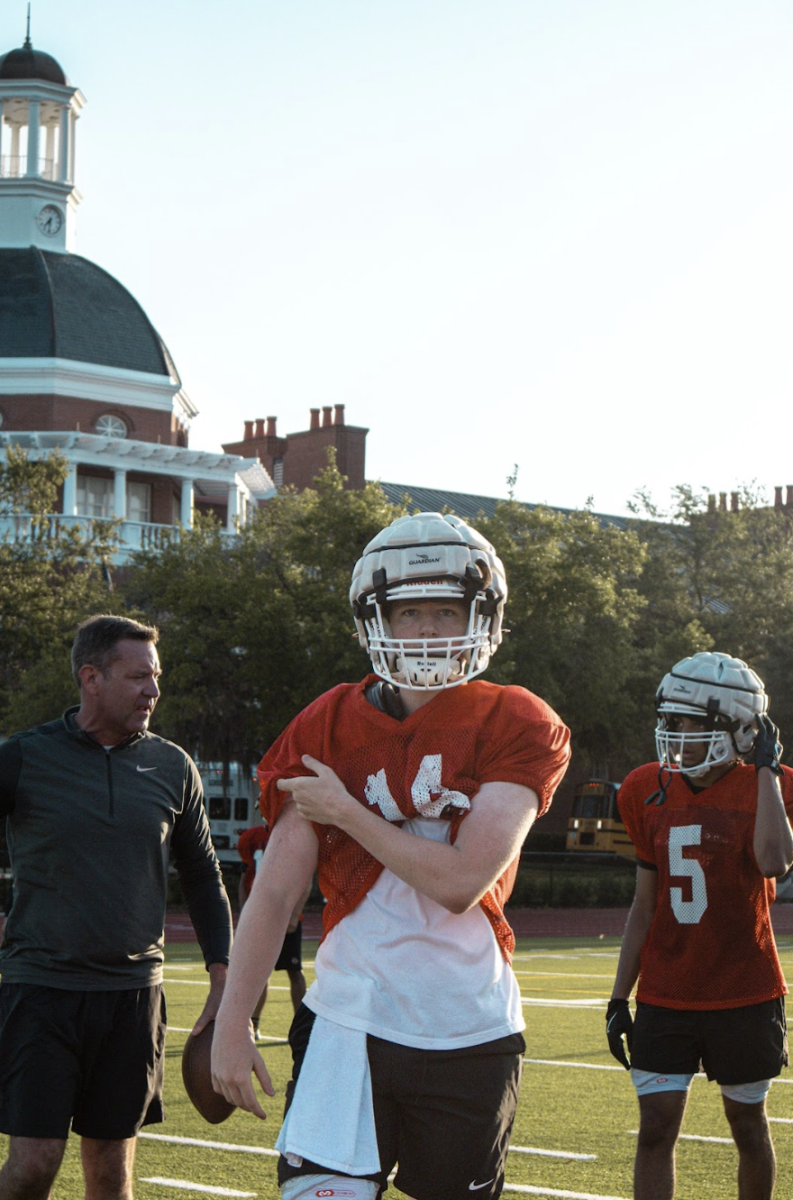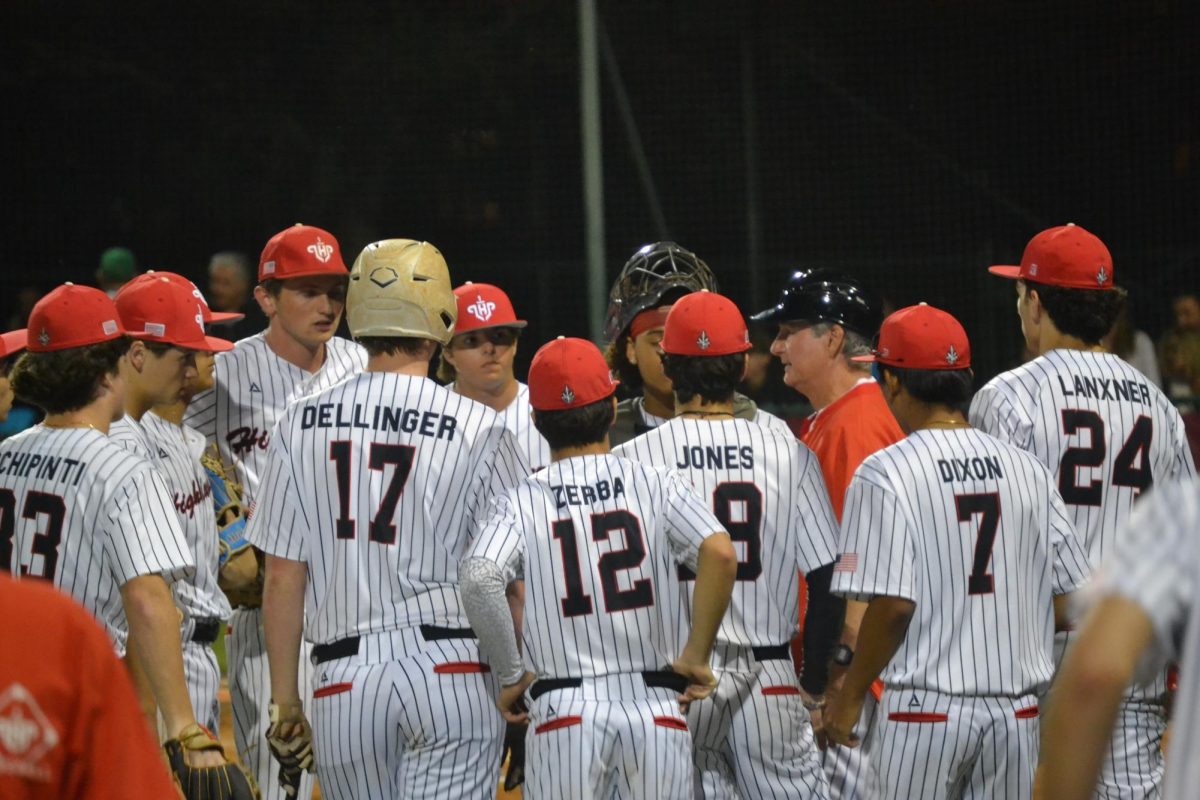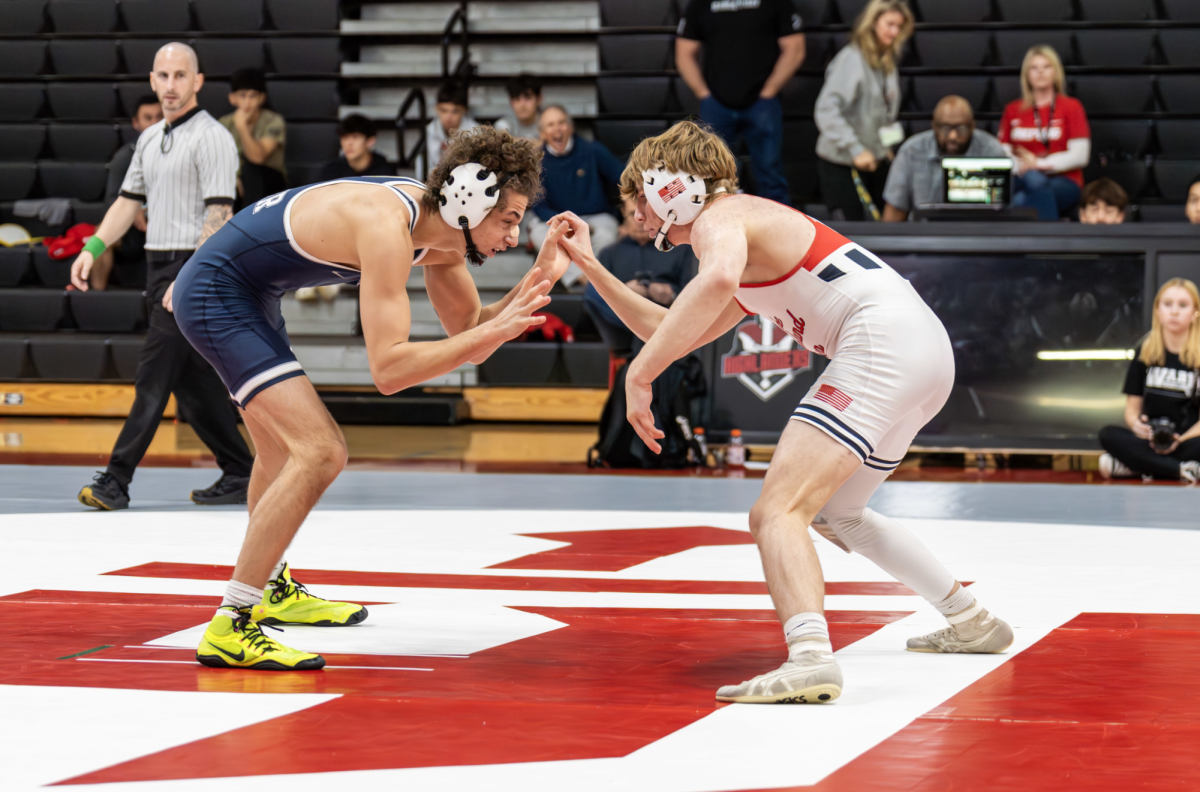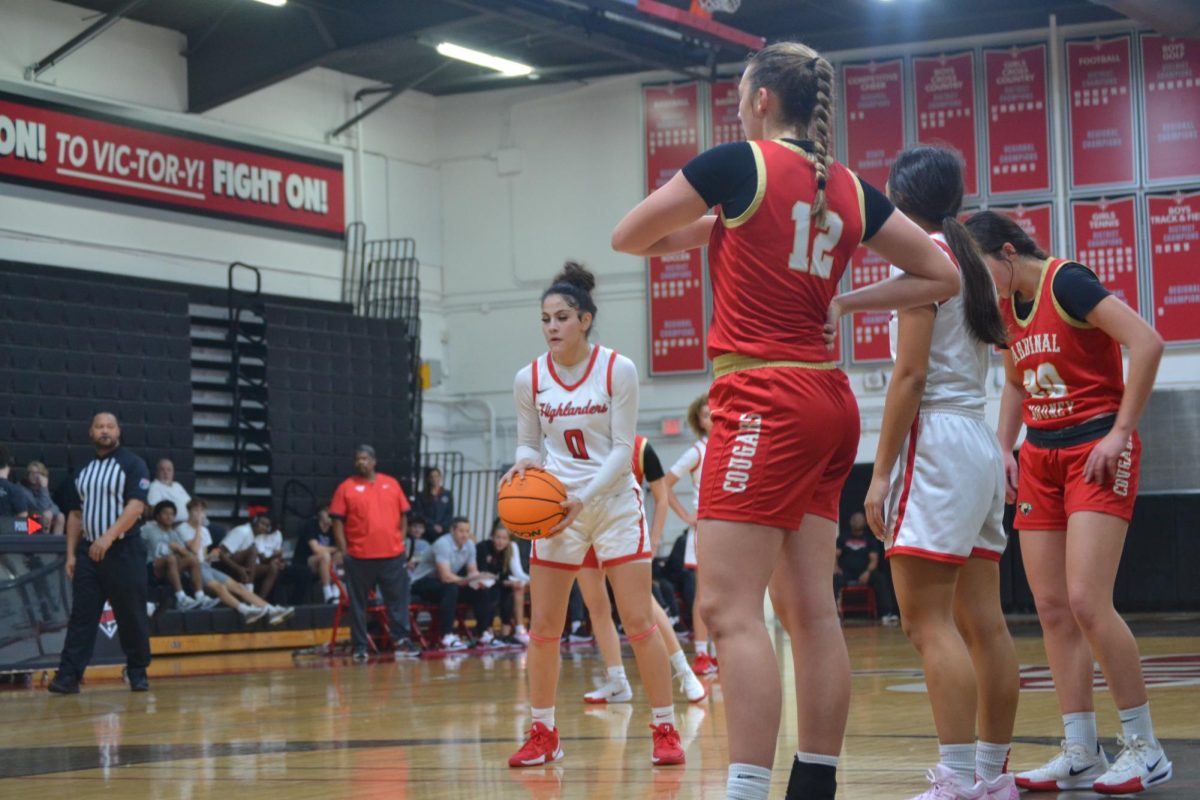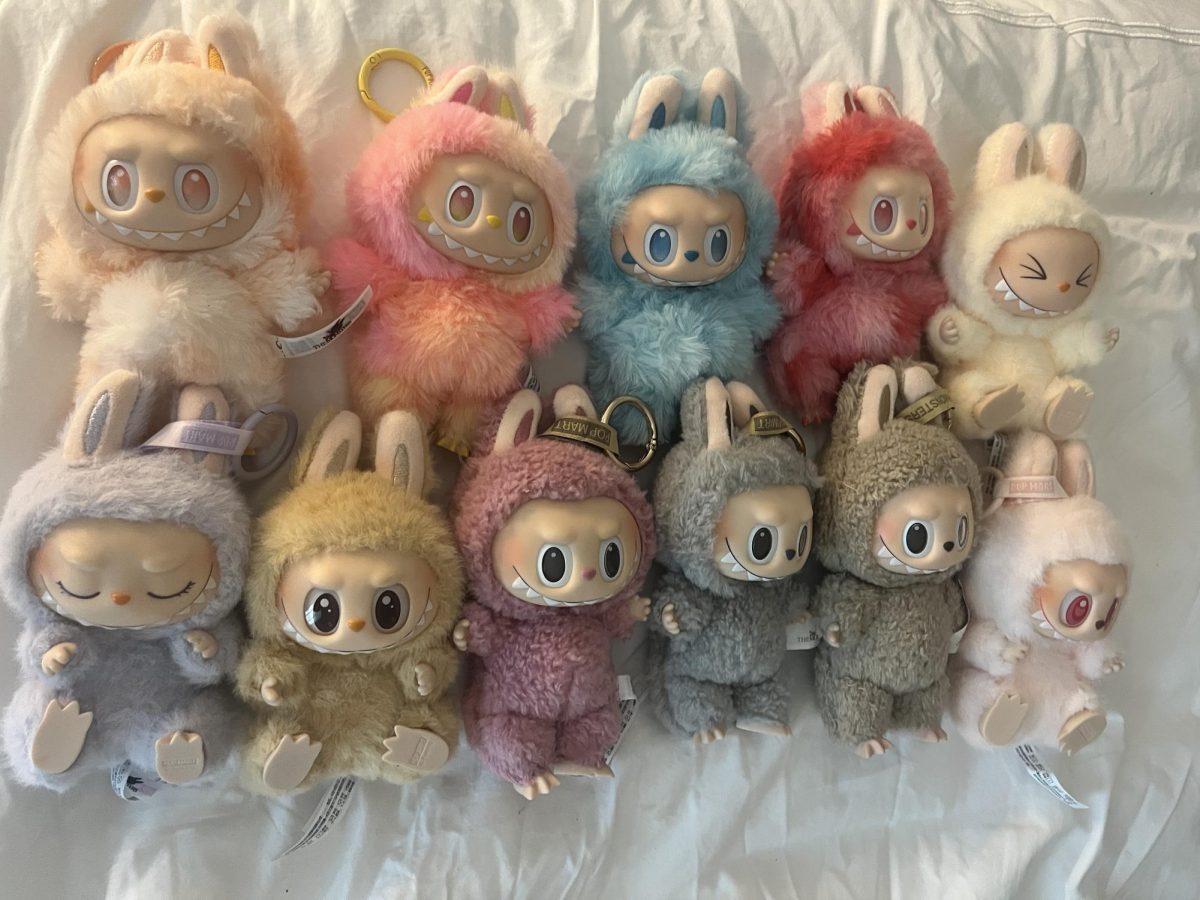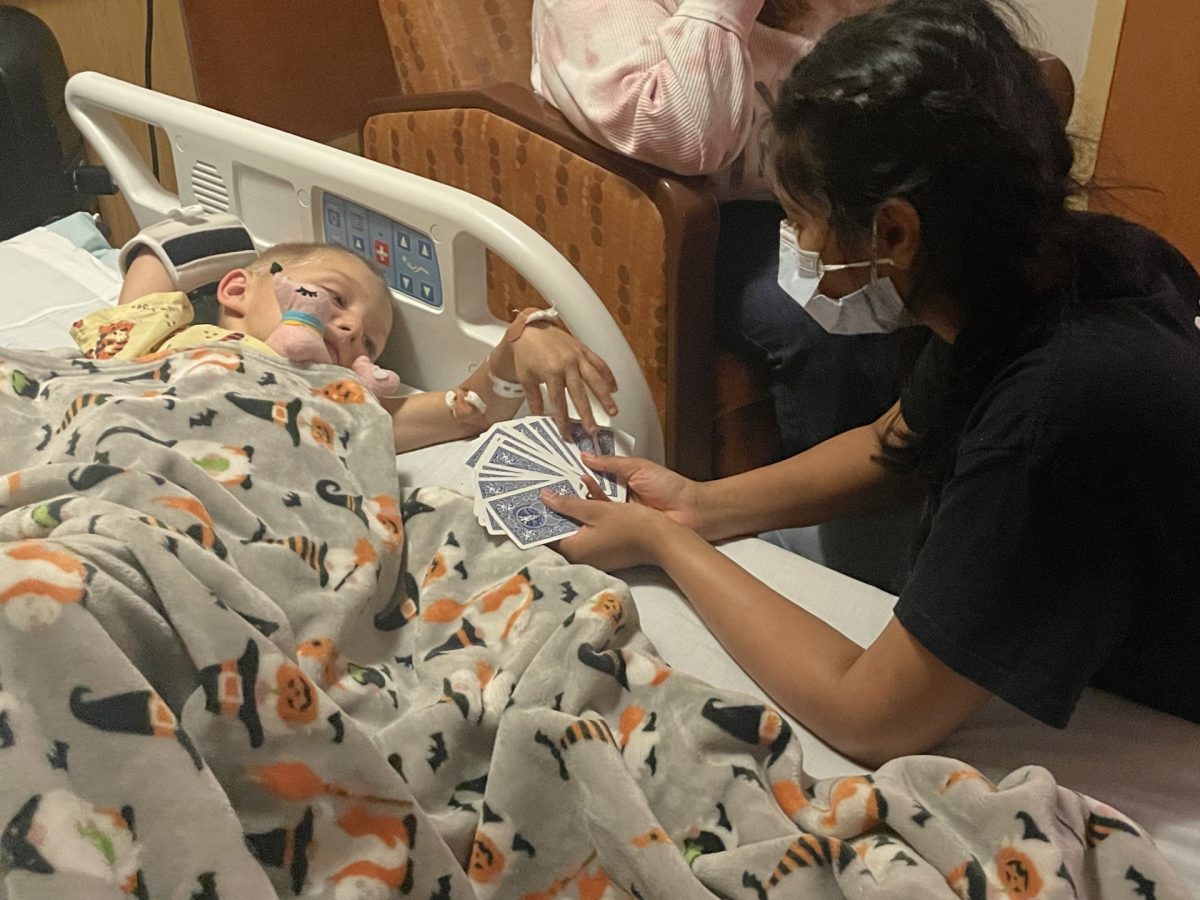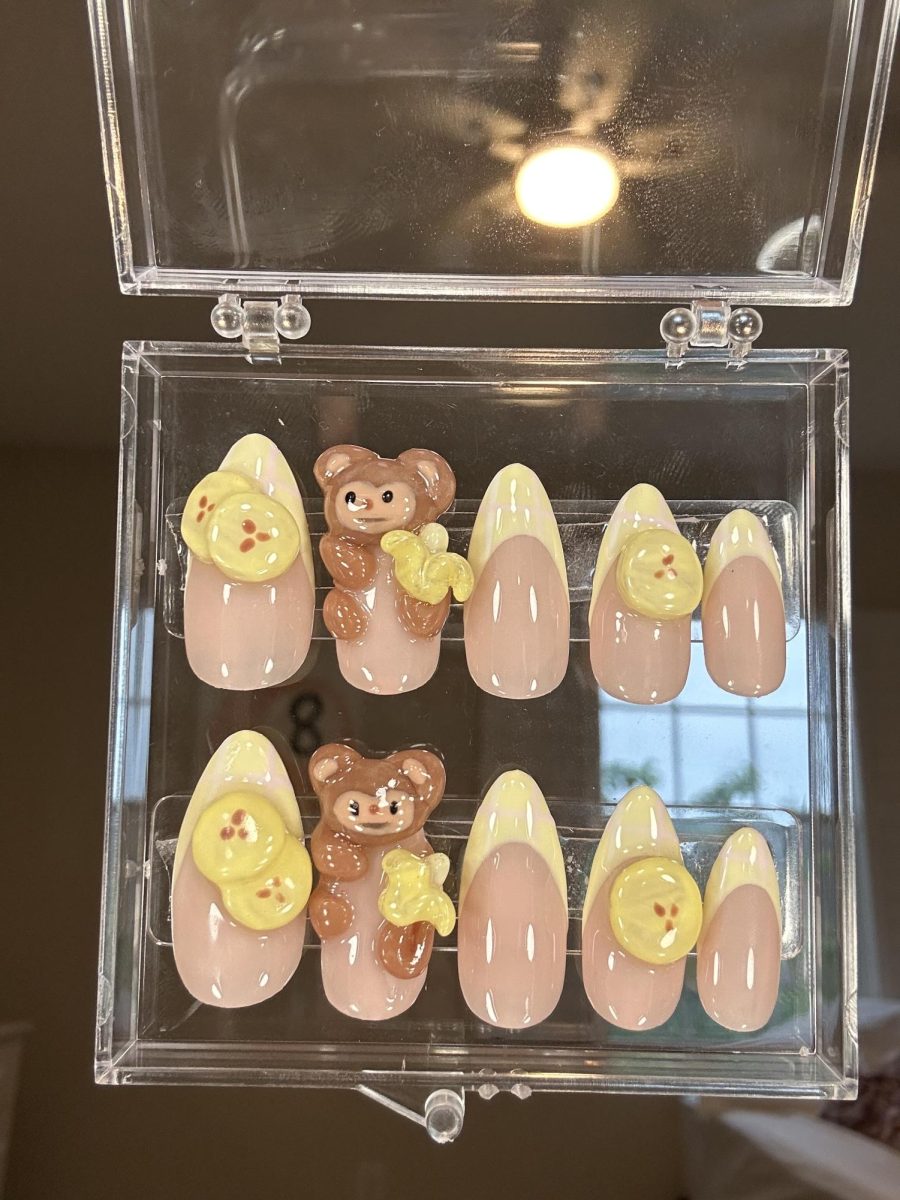Tweens Are The New Teens
Photo courtesy of Ms. Lori Moore.
(Above) Kiera Moore and Delaney Bolstein, both age ten, bake cookies during the summer before sixth grade. Kiera sports a neon green tank while Delaney wears a shirt with a hipster cat. They represent the uniqueness of tween fashion while doing what most tweens today would not imagine staying off their phones.
April 1, 2022
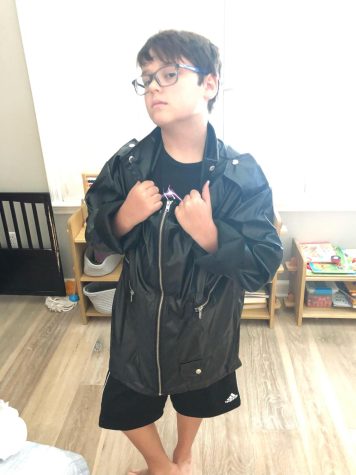
Marked by newfound interests and celebrity crushes, the tween years are the transition period from childhood to teenhood. Tweens navigate through various levels of independence as they start drifting away from their parents. Filled with emerging identities and hormones, tween girls yearn for self-expression by choosing bright colors and prints, while tween boys generally avoid gaudy outfits. However, it is the awkwardness of trying to figure out one’s identity that creates a sense of nostalgia. This period is a time when peer pressure and the social woes of high school remain in the future ahead of them. For the time being, tweens are just themselves—bold, confident, and unique.
Yet, this uniqueness, a hallmark among tween girls worldwide, is starting to fade. Clothes made for girls their age seen in stores like Justice, sporting neon colors and plenty of glitter, have gone from staples in tweens’ wardrobes to nonexistent. What was once a target audience for fashion manufacturers, has now become a part of the “teen” demographic. Tweens today opt for the same styles one would see on a sixteen-year-old, regardless of how appropriate it is.
So, who’s to blame? The culprit is social media. As the age when children receive phones is on the decline, their social media usage is on the incline. Platforms such as Instagram, TikTok, and Youtube have become the biggest influence on tweens rather than television advertisements. Tween girls are looking to older creators, in their teens and beyond, as models for their own life. Social media has turned the “tween girl,” into a younger teenager accompanied by the same fashion choices and attitudes.
Nonetheless, it should be noted that the distinction between tween and teen is becoming less noticeable with each generation. The tween girls of the 80s looked to Seventeen Magazine in similar way girls now look to Instagram supermodels. The age at which girls are sexualized from a fashion point of view becomes younger and younger with each decade. Just as people of the 50s would be shocked to see ten-year-olds wearing neon t-shirts with monkeys, so too could the people of the 80s would be shocked to see ten-year-olds today in glorified bras.
Yet, this is not an attempt to shame girls for wearing sultry clothes (they can do whatever makes them feel happy), but rather an explanation as to why tween girls are absent today. Because of social media, and, most importantly, its widespread impact upon this age group, girls become mere representations of their favorite influencers and gain the approval of their peers while doing so. The problem with these “prosti-tots” is that with the sexualization of young girls, comes growing insecurities. A tween girl can not compare herself to a sixteen-year-old when it comes to her body, but if all that surrounds her are gorgeous people not much older than herself, she begins to wonder, “Why not me?” Tweens tend to look up to teens, disregarding the effects of puberty, instead only looking at the main things achievable: clothes and personality. The ending of the “tweens” provides proof that the negative effects of social media, including body shaming and peer pressure that seemingly only affect teens, have trickled down to the much more vulnerable tweens.


